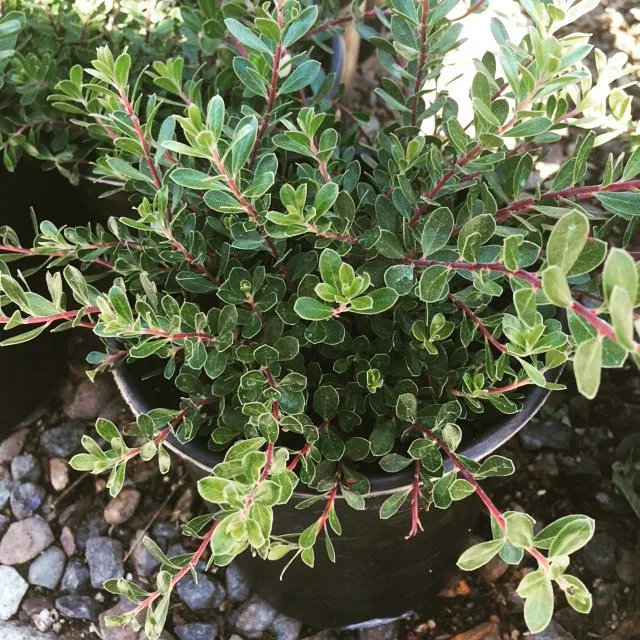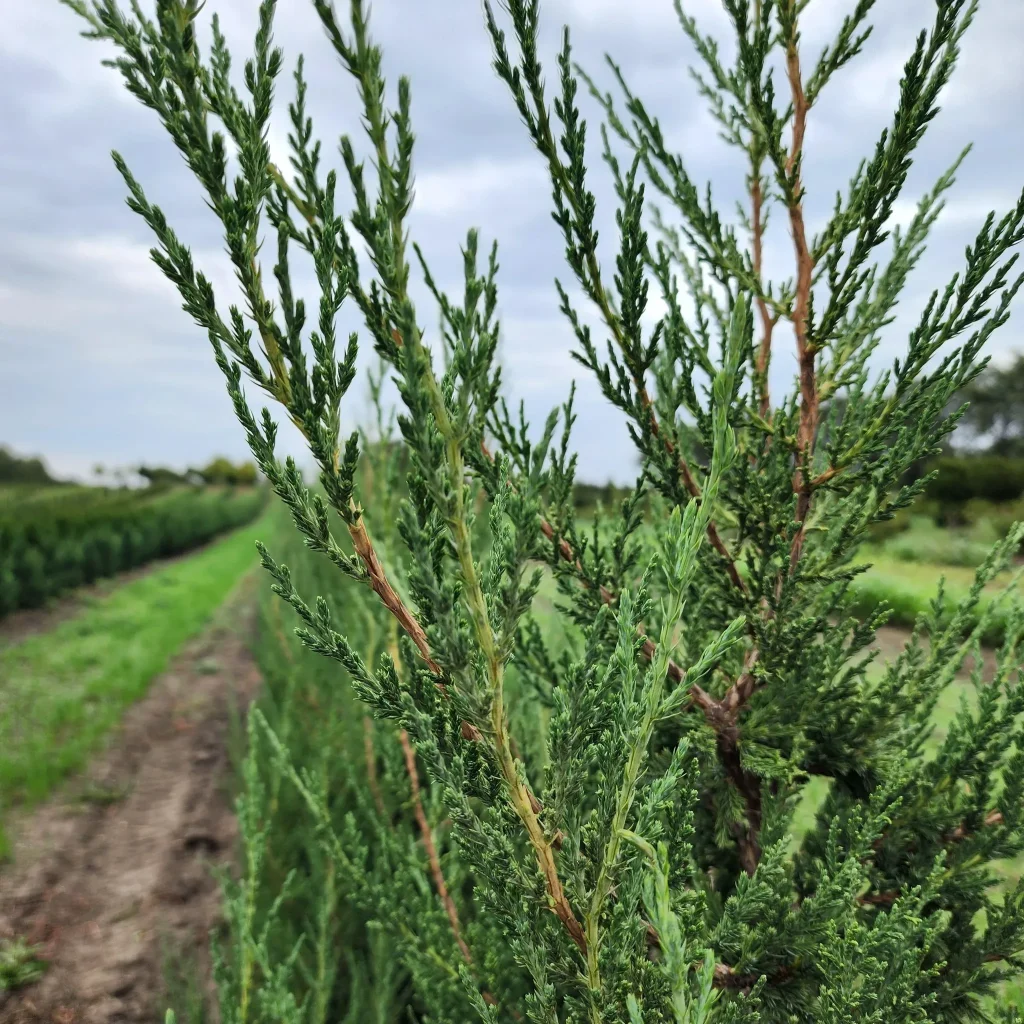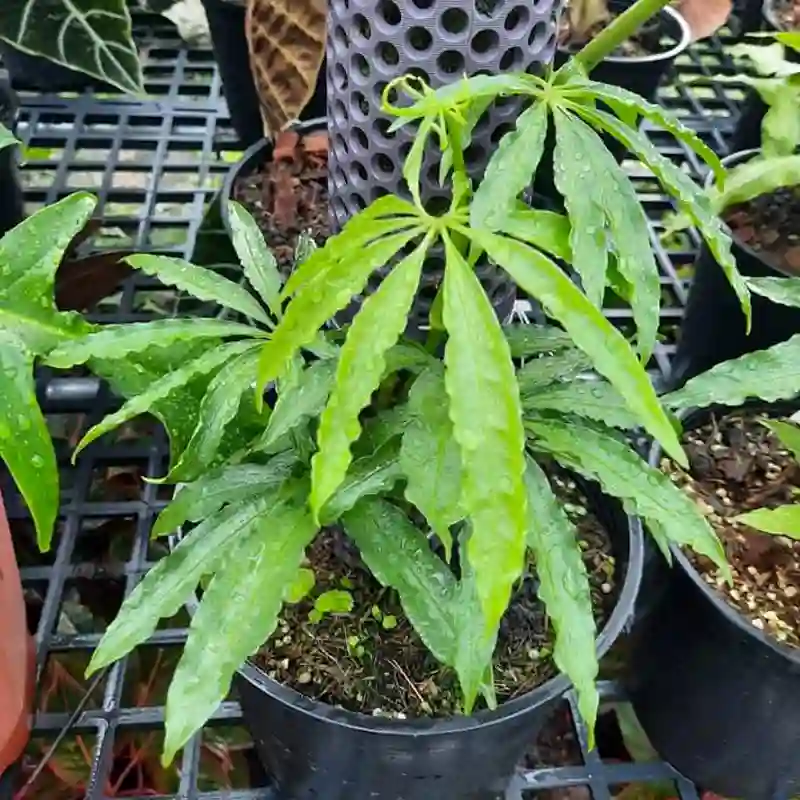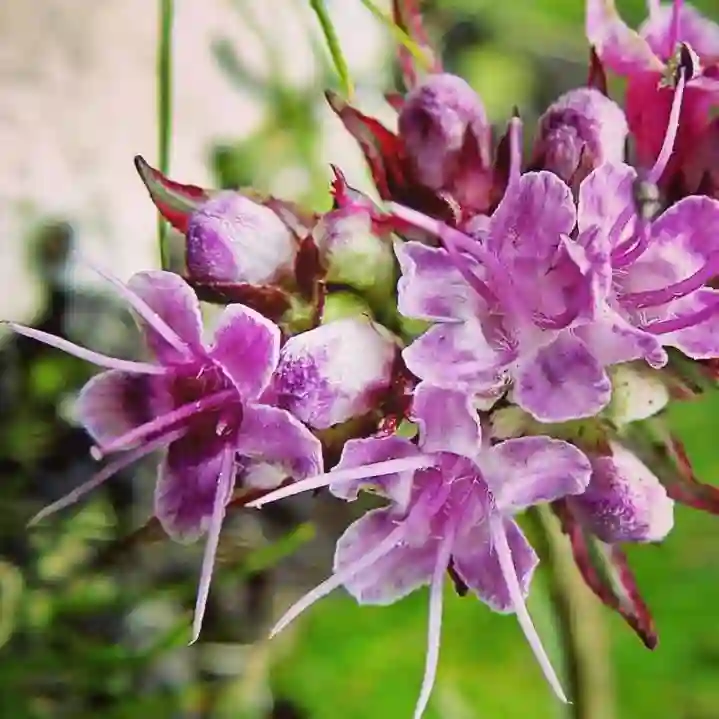The Remarkable Eucommia: A Tree That Bends, But Never Breaks
My name is Ferb Vu, and today I want to share my fascination with a truly unique genus of tree: the Eucommia. This ancient and resilient tree, native to China, has captivated me with its singular biology and its diverse applications in traditional medicine and beyond.
A Living Fossil
The Eucommia genus is a fascinating example of a “living fossil.” Its lineage stretches back to the Cretaceous period, a time when dinosaurs roamed the earth. While fossil records indicate that Eucommia species were once widespread across the Northern Hemisphere, today, only one species remains: Eucommia ulmoides. This sole survivor is a testament to the genus’s hardiness and adaptability.
The “Gutta-Percha Tree”
Eucommia ulmoides is often called the “gutta-percha tree” due to the unique latex it produces. This milky, rubber-like substance is found throughout the tree – in the leaves, bark, and fruit – and gives the leaves their characteristic elasticity. You can literally stretch a leaf of Eucommia ulmoides without it tearing, a remarkable trait that sets it apart from most other trees.
This gutta-percha, while not the same as the true gutta-percha derived from tropical trees, has a variety of uses. Historically, it was used in China to make waterproof clothing, footwear, and even golf balls. Today, it’s being explored for potential applications in bioplastics and other sustainable materials.
A Treasure Trove of Medicinal Properties
In Traditional Chinese Medicine (TCM), Eucommia ulmoides holds a place of high esteem. Its bark, known as “Du Zhong,” is particularly valued for its medicinal properties. TCM practitioners have used Du Zhong for centuries to treat a variety of ailments, including:
- Lower back pain and knee pain: Du Zhong is believed to strengthen tendons and bones, making it a popular remedy for joint pain and weakness.
- Hypertension: Studies suggest that compounds in Du Zhong may help to lower blood pressure.
- Kidney health: In TCM, Du Zhong is associated with kidney health and is used to address issues such as frequent urination and impotence.
- Anti-inflammatory and antioxidant effects: Research indicates that Du Zhong possesses anti-inflammatory and antioxidant properties, which may contribute to its therapeutic benefits.
Cultivation and Conservation
While Eucommia ulmoides is considered near threatened in its wild habitat, it is widely cultivated throughout China. This cultivation not only ensures the continued availability of Du Zhong for medicinal use but also contributes to the conservation of this unique species.
Looking Ahead
As a researcher, I am particularly excited about the future potential of Eucommia. Modern science is beginning to validate many of the traditional uses of Du Zhong, and ongoing research is uncovering new potential applications for this versatile tree. From novel biomaterials to innovative pharmaceuticals, Eucommia holds promise for a wide range of fields.
The story of Eucommia is a story of resilience, adaptation, and the enduring power of nature. It is a tree that has survived for millions of years, providing us with valuable resources and inspiring us with its unique properties. As we continue to explore the full potential of this remarkable species, I am confident that Eucommia will continue to play an important role in our world for generations to come.




